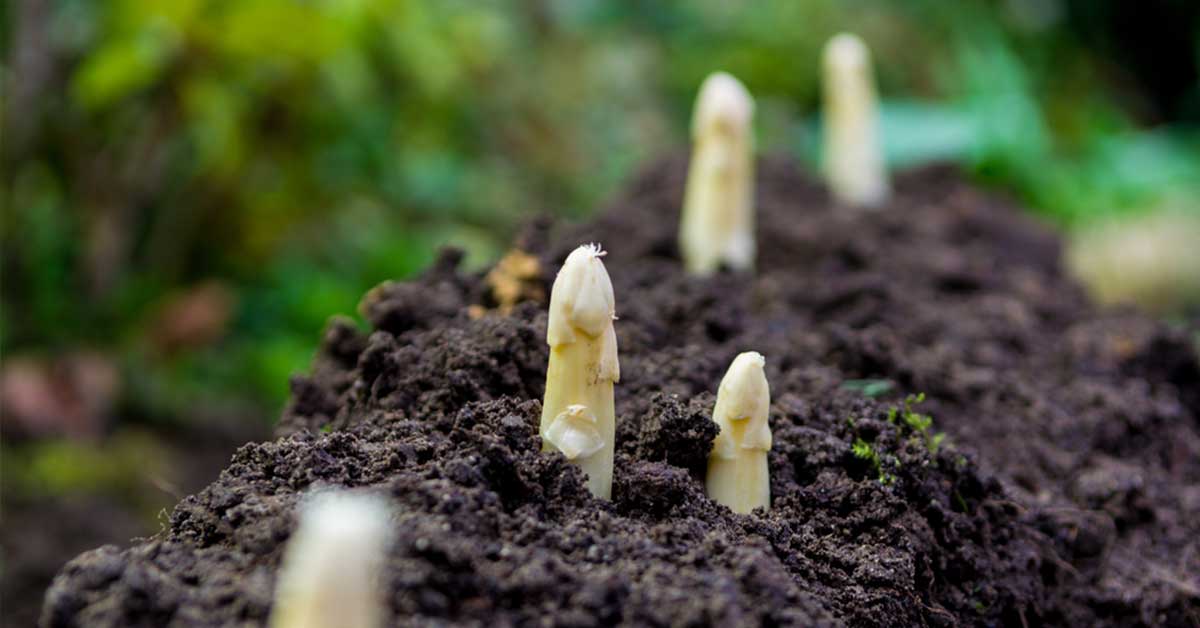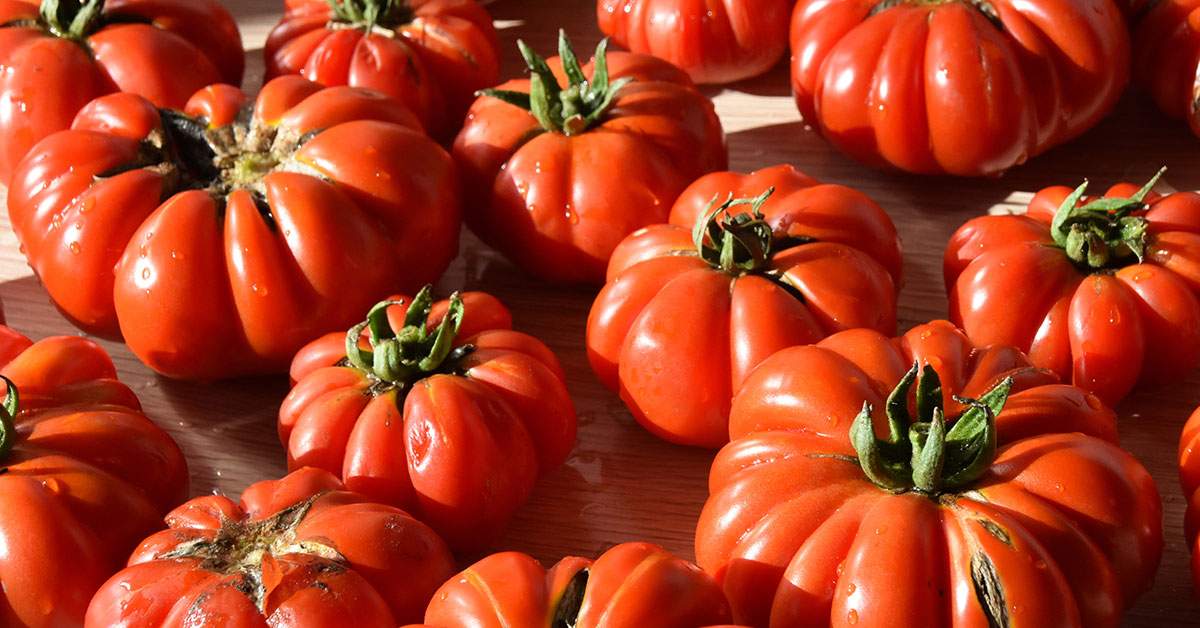Growing asparagus is a rewarding experience, but did you know that pairing it with the right companion plants can boost its health and productivity? Companion planting is an age-old gardening technique where plants are grown together to benefit each other. When chosen wisely, companion plants can help asparagus by repelling pests, enhancing soil fertility, and improving overall growth.
I can’t tell you how much companion planting has transformed my garden! It’s amazing to see how the right combinations of plants can create a thriving, balanced ecosystem. Let’s dive into the best companion plants for asparagus and discover how they can help you cultivate a bountiful harvest.
Tomatoes
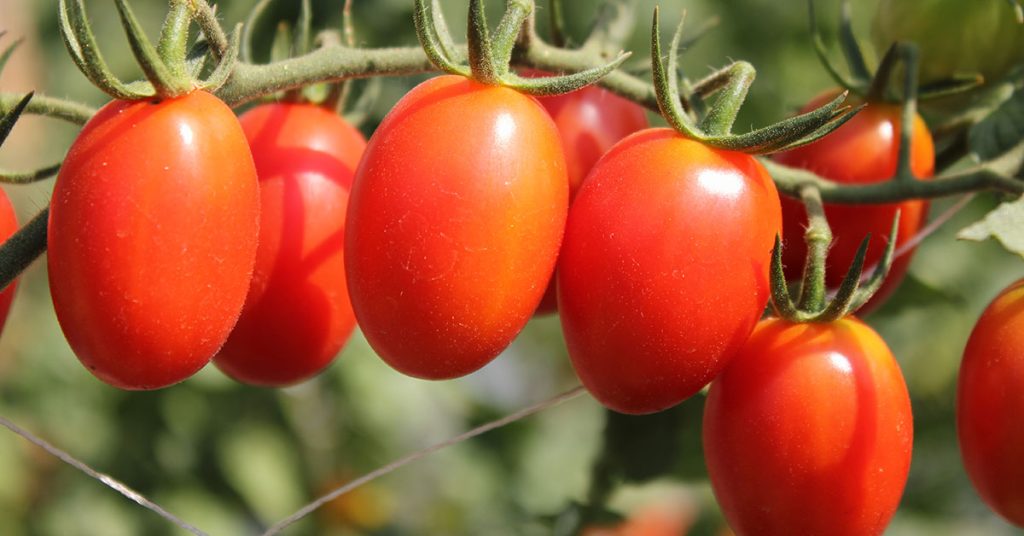
Tomatoes are fantastic companions for asparagus. They release a chemical called solanine, which deters asparagus beetles, one of the most common pests that plague asparagus plants. In return, asparagus emits a chemical that repels nematodes, which can be harmful to tomatoes. It’s a win-win situation!
I love how the tall tomato plants provide shade for the asparagus, especially in hot climates. This shading helps keep the soil cool and reduces moisture evaporation, ensuring that the asparagus roots stay happy and hydrated. Planting these two together can lead to healthier plants and a more productive garden.
Basil
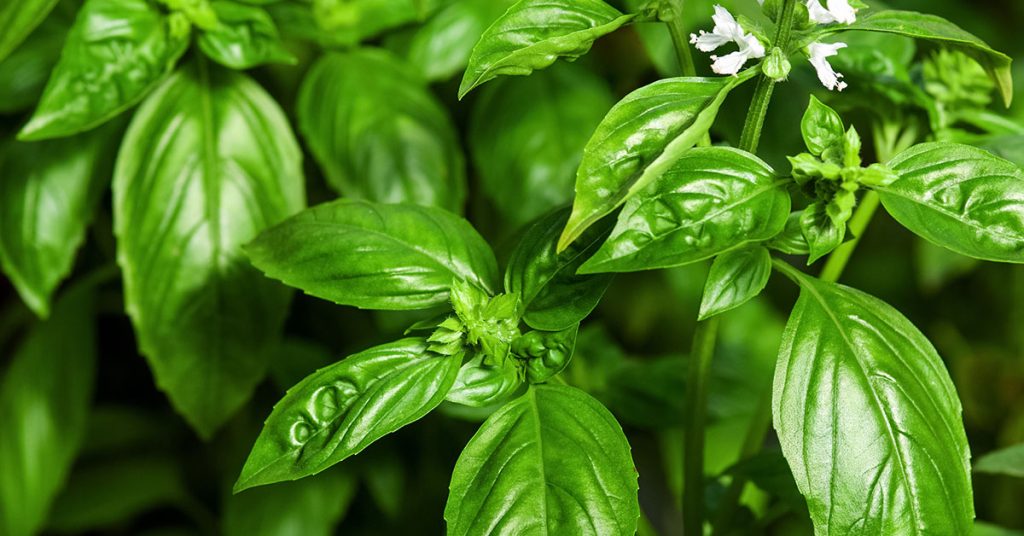
Basil is not only a culinary delight but also a wonderful companion for asparagus. Its strong aroma confuses and repels common pests like aphids, spider mites, and asparagus beetles. Plus, the aromatic oils released by basil can enhance the flavor of asparagus!
Having basil in the garden also attracts beneficial insects such as bees and ladybugs, which help with pollination and pest control. I always plant basil near my asparagus; it’s a joy to have this fragrant herb enhancing my garden’s ecosystem while providing fresh leaves for my kitchen.
Marigolds
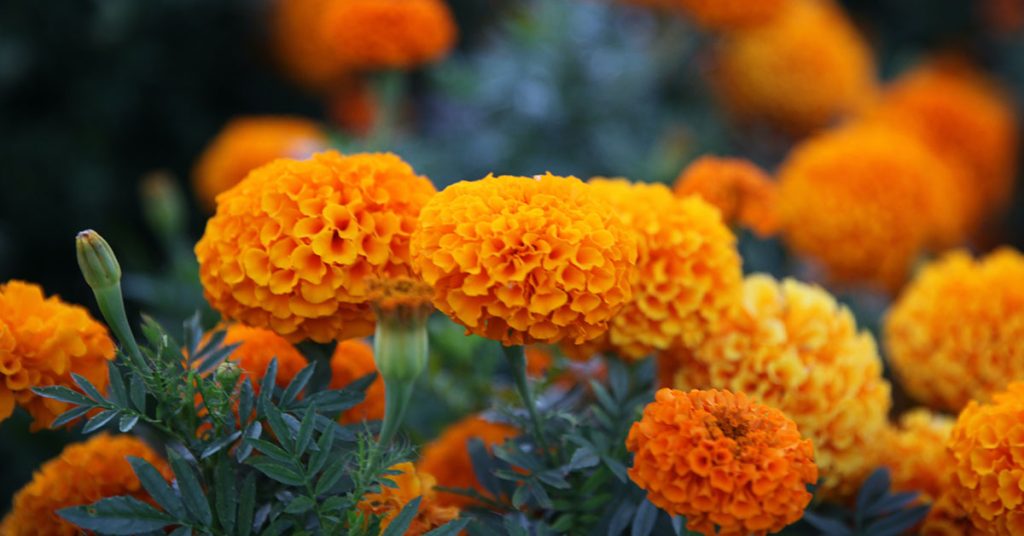
Marigolds are a must-have in any garden, especially near asparagus. These bright, cheerful flowers release a substance called alpha-terthienyl, which repels nematodes and other soil-dwelling pests. Marigolds also attract beneficial insects that prey on harmful bugs, providing a natural pest control system.
I adore the vibrant splash of color marigolds add to my asparagus bed. Their low-growing nature means they don’t compete with asparagus for light, and their dense foliage helps suppress weeds. Planting marigolds alongside asparagus creates a healthier and more attractive garden space.
Dill
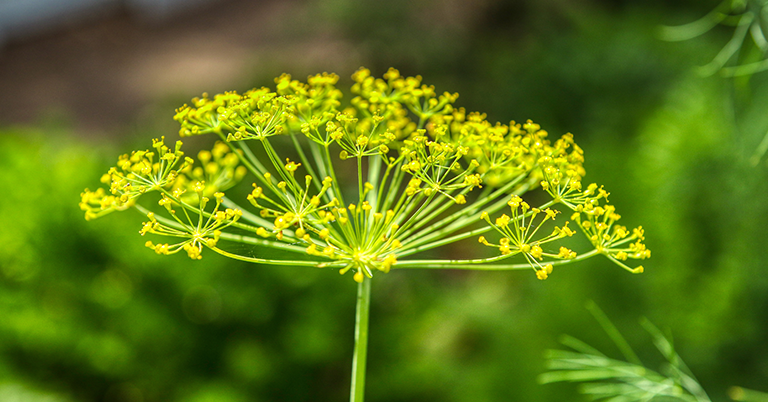
Dill is another excellent companion plant for asparagus. Its tall, feathery foliage attracts beneficial insects like ladybugs and predatory wasps, which help control aphids and other pests. Additionally, dill’s deep roots help aerate the soil, improving drainage and promoting healthy root systems for asparagus.
One of my favorite things about dill is its versatility. It can be used fresh or dried in the kitchen, adding a unique flavor to many dishes. Plus, its delicate yellow flowers add a touch of elegance to the garden, making it both a functional and beautiful addition to your asparagus patch.
Parsley
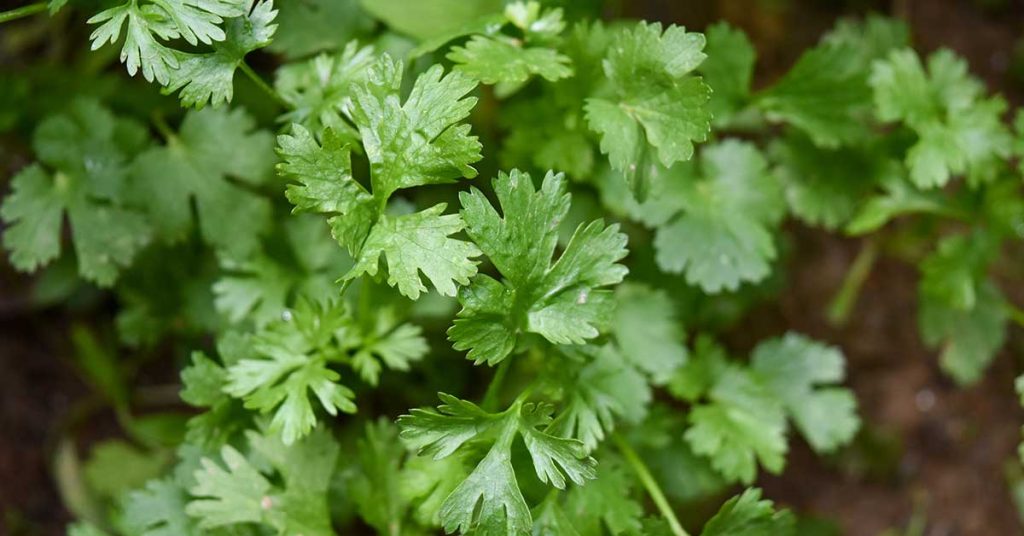
Parsley is more than just a garnish; it’s a great companion for asparagus. This herb attracts beneficial insects like hoverflies and predatory wasps, which help keep aphid populations under control. Additionally, parsley can improve the soil quality by adding essential nutrients as it decomposes.
I love how easy parsley is to grow and maintain. It thrives in the same conditions as asparagus, making it a perfect partner in the garden. Having fresh parsley on hand is a bonus, as it’s a versatile herb that enhances the flavor of many dishes.
Nasturtiums
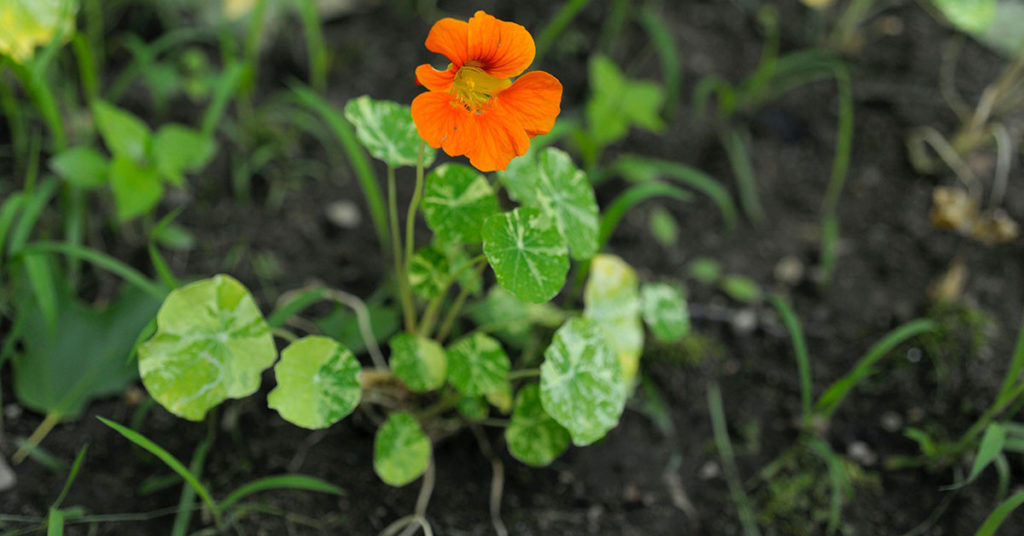
Nasturtiums are beautiful, edible flowers that make excellent companions for asparagus. Their peppery scent deters a variety of pests, including aphids, whiteflies, and beetles. Moreover, nasturtiums act as a trap crop, attracting pests away from your asparagus and other valuable plants.
The vibrant blooms of nasturtiums add a splash of color to the garden, making it more visually appealing. I enjoy using the flowers and leaves in salads for a spicy kick. Growing nasturtiums with asparagus not only protects your crops but also enhances your culinary creations.
Spinach
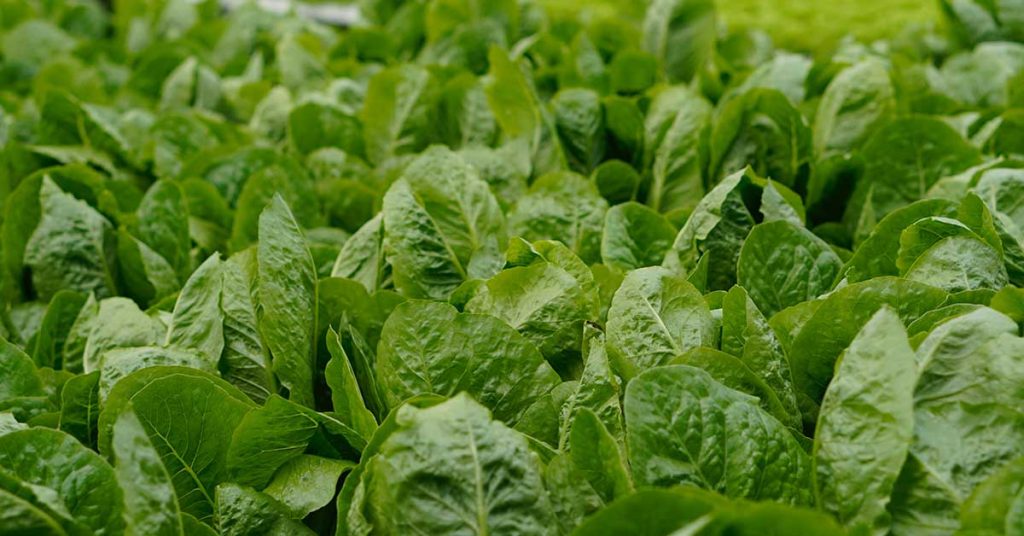
Spinach is a wonderful companion plant for asparagus. It grows well in the cool, shady conditions provided by taller asparagus plants. In return, spinach acts as a living mulch, helping to retain soil moisture and suppress weeds around the asparagus.
I find that planting spinach early in the season allows it to establish before the asparagus fully emerges. This staggered growth pattern maximizes garden space and productivity. Plus, having fresh spinach on hand is a treat, as it’s a nutritious addition to salads and smoothies.
Carrots
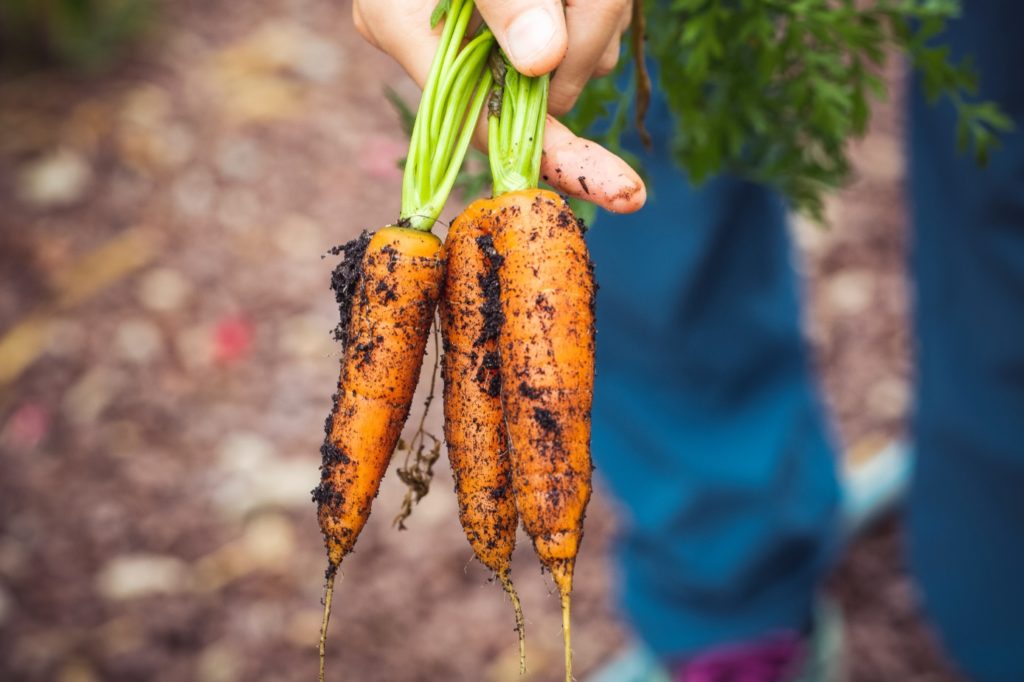
Carrots are another great companion for asparagus. Their roots grow at different depths, so they don’t compete for the same soil space. Carrots help break up the soil, improving aeration and drainage for asparagus roots. Additionally, the scent of carrots can help deter pests that might otherwise target asparagus.
One of my favorite things about planting carrots with asparagus is the efficient use of garden space. Carrots can be planted between rows of asparagus, maximizing your garden’s productivity. Plus, fresh, homegrown carrots are a delicious and healthy snack!
Comfrey
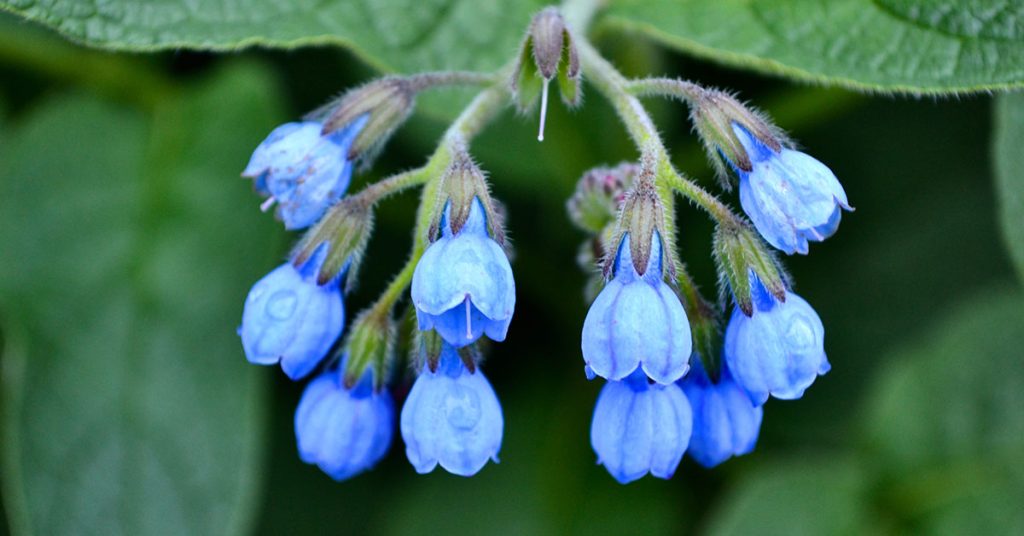
Comfrey is a beneficial companion plant that can greatly enhance the health of your asparagus. Its deep roots draw up nutrients from the soil, making them available to shallower-rooted plants like asparagus. Comfrey leaves can be used as a nutrient-rich mulch or compost, enriching the soil and promoting vigorous growth.
I appreciate how comfrey serves as a dynamic accumulator, improving the overall fertility of my garden. Its beautiful purple flowers attract pollinators, adding to the biodiversity of the garden. Using comfrey as a companion plant can lead to healthier asparagus and a more sustainable garden ecosystem.
Peppers
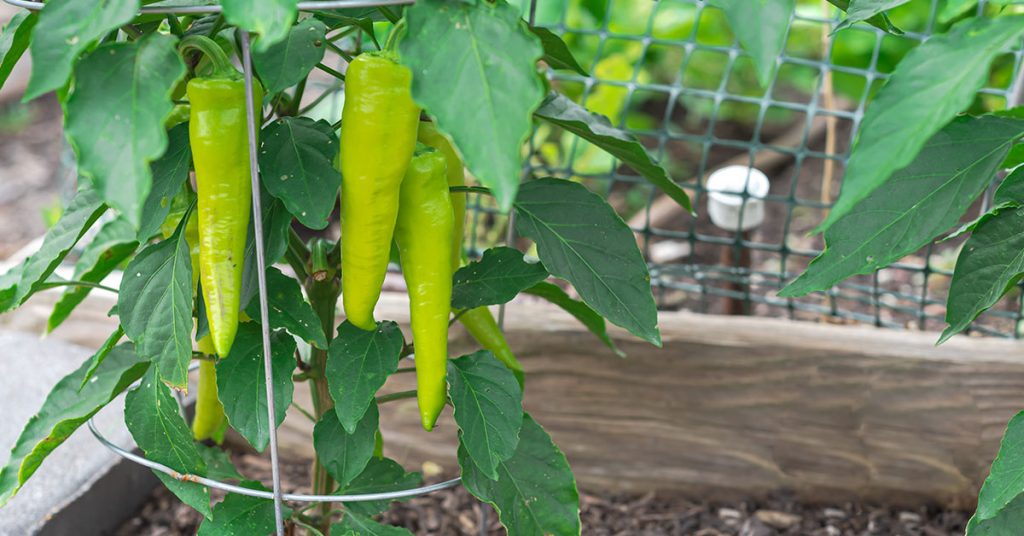
Peppers, both sweet and hot varieties, can be excellent companions for asparagus. They benefit from the shade provided by taller asparagus plants, especially in hot climates. In return, peppers can help repel pests such as aphids and spider mites, which might otherwise target asparagus.
I enjoy the added bonus of having fresh peppers alongside my asparagus. They add a burst of flavor and color to my meals. Growing peppers and asparagus together creates a productive and harmonious garden, with each plant supporting the other’s growth and health.
Companion planting is a fantastic way to boost the health and productivity of your asparagus garden. By choosing the right plants to grow alongside asparagus, you can create a thriving, balanced ecosystem that benefits all your garden’s inhabitants.
